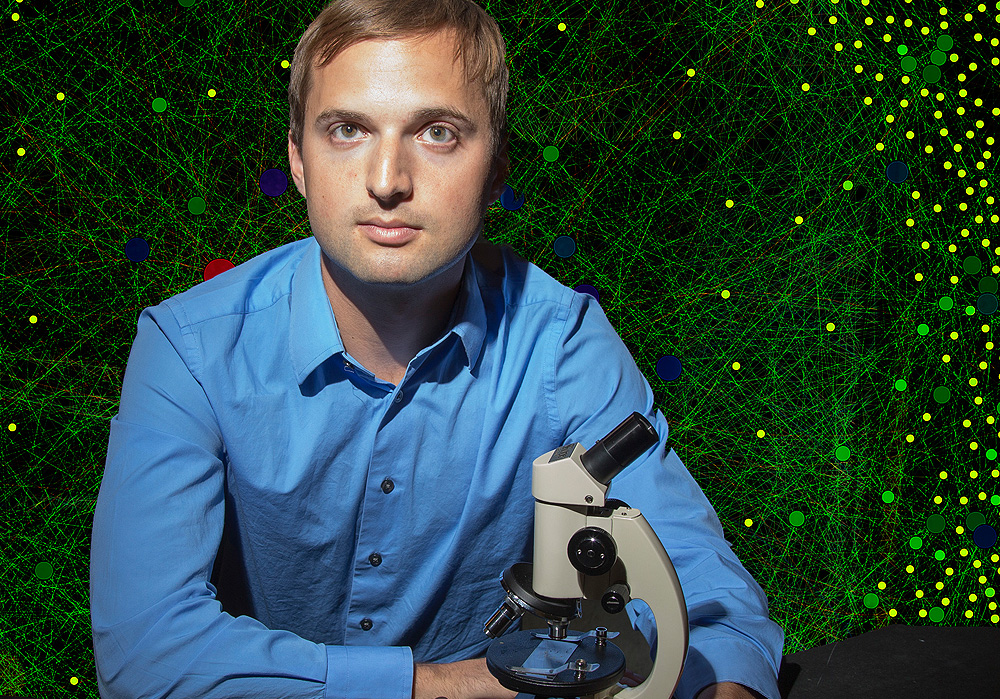
There is something to be said for adapting to modern technology, but the Los Alamos National Laboratory is taking that a step further – leveraging technology with a project that combines Brazilian social media and traditional clinical data to track the growth of infectious diseases.
Nick Generous, digital epidemiologist in the Information Systems and Modeling group at Los Alamos National Laboratory and his team of researchers have proceeded with the idea that the toll from disease can be lowered with knowledge of impending threats. The key to that could lie in prediction algorithms based on internet and symptom searches made in conjunction with analysis of traditional data sets.
In other words: he believes that illness patterns can be tracked in nearly real time, and that data then used to protect public health.
Researchers have turned first to Brazil, which was notably wracked by the threat of the Zika virus even as the country prepared for the Summer Olympics in 2016. With more than 5,500 municipalities, and hundreds of data stations, collecting information on factors that potentially contribute to mosquito-borne diseases like Zika and Chikungunya is no easy feat.
The project has been underway for six to nine months now, yet Generous describes it as only just beginning.
“We have weekly satellite data going back 7 to 8 years,” Generous said. “Clinical surveillance data. Google search queries. Tweets. Released census data. Socioeconomic indicators like poverty, percentage that have telephones, social indicators of health. We’re trying to work to obtain mosquito data. Wikipedia data. We also have bus and air travel data; where bus routes are, where flights are, so you can track the movements of people, the spread of disease. Just obtaining that level of information is not a trivial matter.”
But of heavier implication than the data itself is how it is integrated. Mosquitos, for example, are a sizeable contributor to disease spread with their growth heavily dependant on weather conditions and local climate. While Generous notes that risk maps have been made for them, many of those traditionally built maps contain certain assumptions.
“We’re trying to be data driven, make the fewest amount of assumptions,” Generous said.
Part of the advantage of working with Los Alamos is the facility’s long history of supercomputing. Statisticians and scientists are needed to combine and process the data in a way that allows for real-time computing. Feed workable data into computer models and the team can more accurately track disease through specific subsections of the population over certain periods of time.
The hope is that the team will have a paper on its findings ready for release within the next month or two, after finalizing the processing of the data.
While it is not the current goal of the study, the team seeks to create a weather forecasting-style app or website from their data, in conjunction with the Brazilian Ministry of Health. Generous envisions it as a sort of Weather.com, but for mosquitos: type in a zip code and see the mosquito-borne or flu forecast for the week.
There is one hitch with that, though.
“You go out and get a flu vaccine based on that data, though, that changes my forecast,” Generous said. “It’s a feedback loop that impacts itself. That’s part of the reason we’re so interested in the internet data: you can get that daily. Most of the other data is slower. Clinical surveillance data is going to be lagged a week or more. Google search queries are associated with population. It’s good for ‘now-casting’ … predicting the present. With traditional data, we know what was happening a week ago. Google data can predict what’s happening today.”
The data has tremendous potential for integration into public health capacity models. The more accurate illness forecasts become, Generous notes, agencies could begin modeling school closures and other, larger events, essentially using situational awareness of ongoing incidents provided by the data sets to more effectively manage consequences.
“If I can predict with a regular amount of accuracy it’s in a small town next week, you can get some interesting preparedness aspects,” Generous said.
Generous added that there are no plans currently in the works for U.S.-based projects around this type of research. Part of the issue, he explained, is the difficulty of obtaining data in the United States where health care is typically practiced at the local level. “You have to go to every state. Many other nations practice health at a national level.”
Collecting local data, although beneficial, is seen as a time consuming endeavor.
“Can we forecast a municipality? A small town? Generous asked. “Ultimately, if I told you there were going to be 100 cases of flu in the U.S., that’s not really useful. If I told you there would be that many cases in a small town in the U.S., that would be much more useful.”

